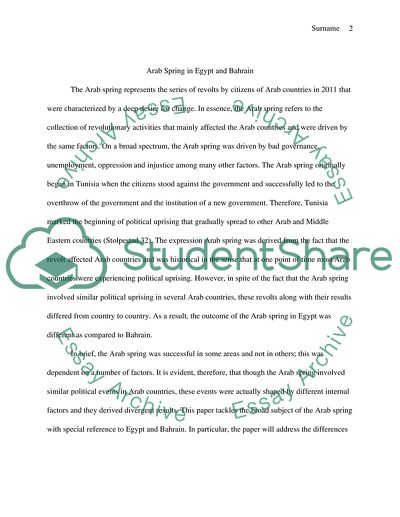Cite this document
(“Arab Spring in Egypt and Bahrain Essay Example | Topics and Well Written Essays - 4250 words”, n.d.)
Arab Spring in Egypt and Bahrain Essay Example | Topics and Well Written Essays - 4250 words. Retrieved from https://studentshare.org/social-science/1788752-arab-spring-in-egypt-and-bahrain
Arab Spring in Egypt and Bahrain Essay Example | Topics and Well Written Essays - 4250 words. Retrieved from https://studentshare.org/social-science/1788752-arab-spring-in-egypt-and-bahrain
(Arab Spring in Egypt and Bahrain Essay Example | Topics and Well Written Essays - 4250 Words)
Arab Spring in Egypt and Bahrain Essay Example | Topics and Well Written Essays - 4250 Words. https://studentshare.org/social-science/1788752-arab-spring-in-egypt-and-bahrain.
Arab Spring in Egypt and Bahrain Essay Example | Topics and Well Written Essays - 4250 Words. https://studentshare.org/social-science/1788752-arab-spring-in-egypt-and-bahrain.
“Arab Spring in Egypt and Bahrain Essay Example | Topics and Well Written Essays - 4250 Words”, n.d. https://studentshare.org/social-science/1788752-arab-spring-in-egypt-and-bahrain.


